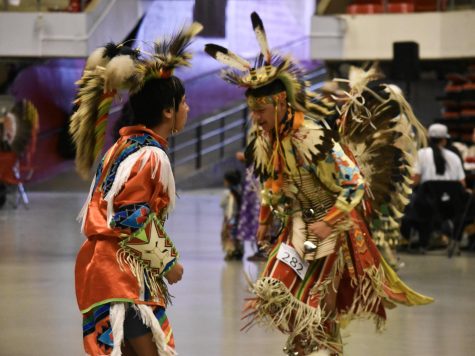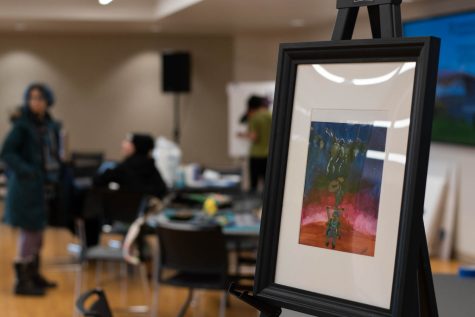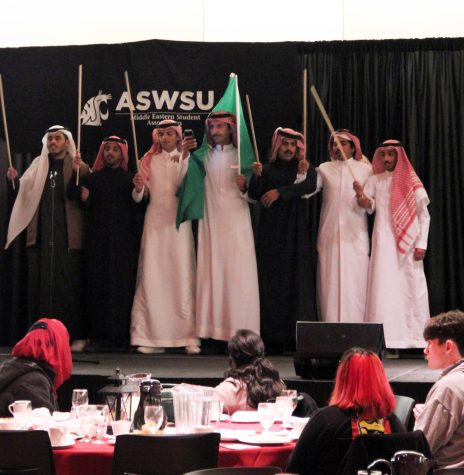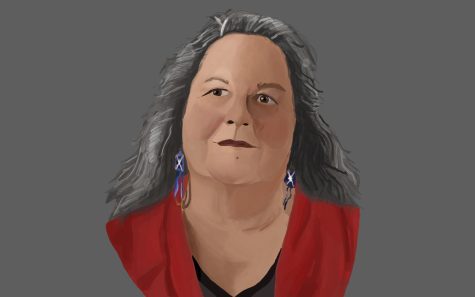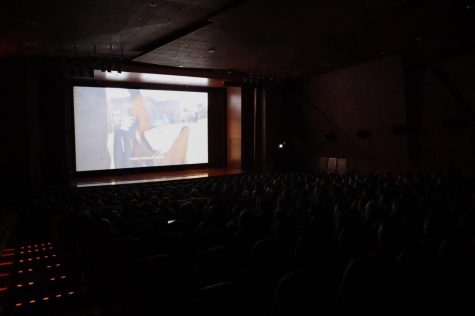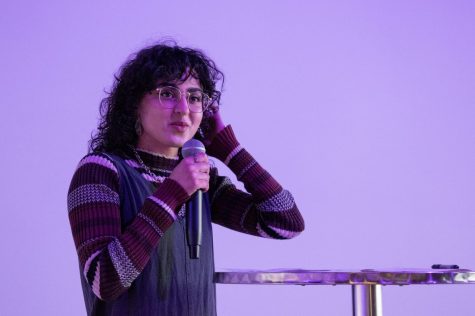Student composers make their debut
February 27, 2017
Not only is WSU constantly generating new research, but also new music. Between the two composition studios at WSU, there are around 11 composition majors. Four of these majors will premiere or perform their original work from 11 a.m. to noon on Feb. 28 in Kimbrough Concert Hall.
The concert is part of the Festival of Contemporary Art Music, a nationwide event associated with the Society of Composers. WSU composition students wrote all works to be performed. The composition studio also performs at least one other concert per semester, WSU composition teacher Scott Blasco said.
“This semester, for the first time, the students are working to organize concerts off-campus. They are taking the reins here and are trying to get out of Kimbrough and Bryan Hall,” Blasco said.
Graduate student PJ Kelley, will perform his brass trio, called “This Isn’t Going to Work,” written for bass trombone, French horn and trumpet. The two movements performing originally premiered last fall. Katie Berndt, sophomore composition major, will have her piano and cello duet “Breakpoint” performed.
Adrienne Fountain, sophomore composition major, will have her piece “Depth” performed by an alto flute, bass clarinet, violin, cello and piano quintet. Kirill Polyanskiy, senior composition major, is performing in his violin and cello duet “The Hallmark of Resource Responsibility.”
“Depth” is inspired by water, especially deep water and the movement of light through it, Fountain said.
“I was in fifth-grade band, and I started writing stuff for percussion, so my parents decided to give me composition lessons, Fountain said. “I only did them for a couple years, then started composing on my own, but I knew that was what I wanted to do.”
The inclusion of alto flute and bass clarinet in a quintet, especially the combination of, is a departure from the traditional quintet.
“I’m very into different ensembles and breaking the tradition of typical ensembles. Dr. Blasco taught me that I can combine any instrument as long as they are in different registers, and they are probably going to sound good together,” Fountain said. “This inspired me to go beyond the classic quintet and expand it.”
This will be the debut of Polyanskiy’s piece in full. The first two movements premiered last fall, and were well-received, especially the second movement, Polyanskiy said. The piece was inspired by the Flint, Michigan, water crisis.
The title is best explained by the names of the movements: “Why are They Thirsty,” “Genocide is Evil” and “They Drink Copious Amounts of Impure Water Together.”
The piece features several advanced violin techniques. Subtones – where the violinist produces notes lower than the open G, using a specified bowing technique – are featured as major seventh intervals throughout the piece. Only a few violinists in the world can play these subtones, Polyanskiy said.
Hammer-ons are also used in “The Hallmark of Resource Responsibility,” and produce a ghostlike effect that fits this piece well, Polyanskiy said.
A technique that Polyanskiy invented is also in the third movement, where he plays two notes at the same time while bowing the string and plucks the same notes with his left hand. The result is a very strong, popping accent.
“I haven’t seen anyone do this before, and I thought I’d just try it out,” Polyanskiy said. “Then I wrote an entire passage featuring it. I liked it so much.”
Keadrin Dick, junior cello performance major, is performing in three of the four composed works.
“She has just been extraordinarily supportive of student composers, always willing to work with them at the drop of a hat,” Blasco said. “This is almost like a recital for her as she’s playing everything.”
Blasco said he thinks this concert has something for everyone. When a student studies something – music, writing, research, etc. – it’s exciting to see a new generation of artists getting a start at their professional lives, Blasco said.
“This is art made by young up-and-coming WSU students who are developing their voices and exploring new opportunities with music,” Blasco said. “They have one foot in traditional musical training, and at least one-and-a-half feet in looking forward and trying something new and different.”










